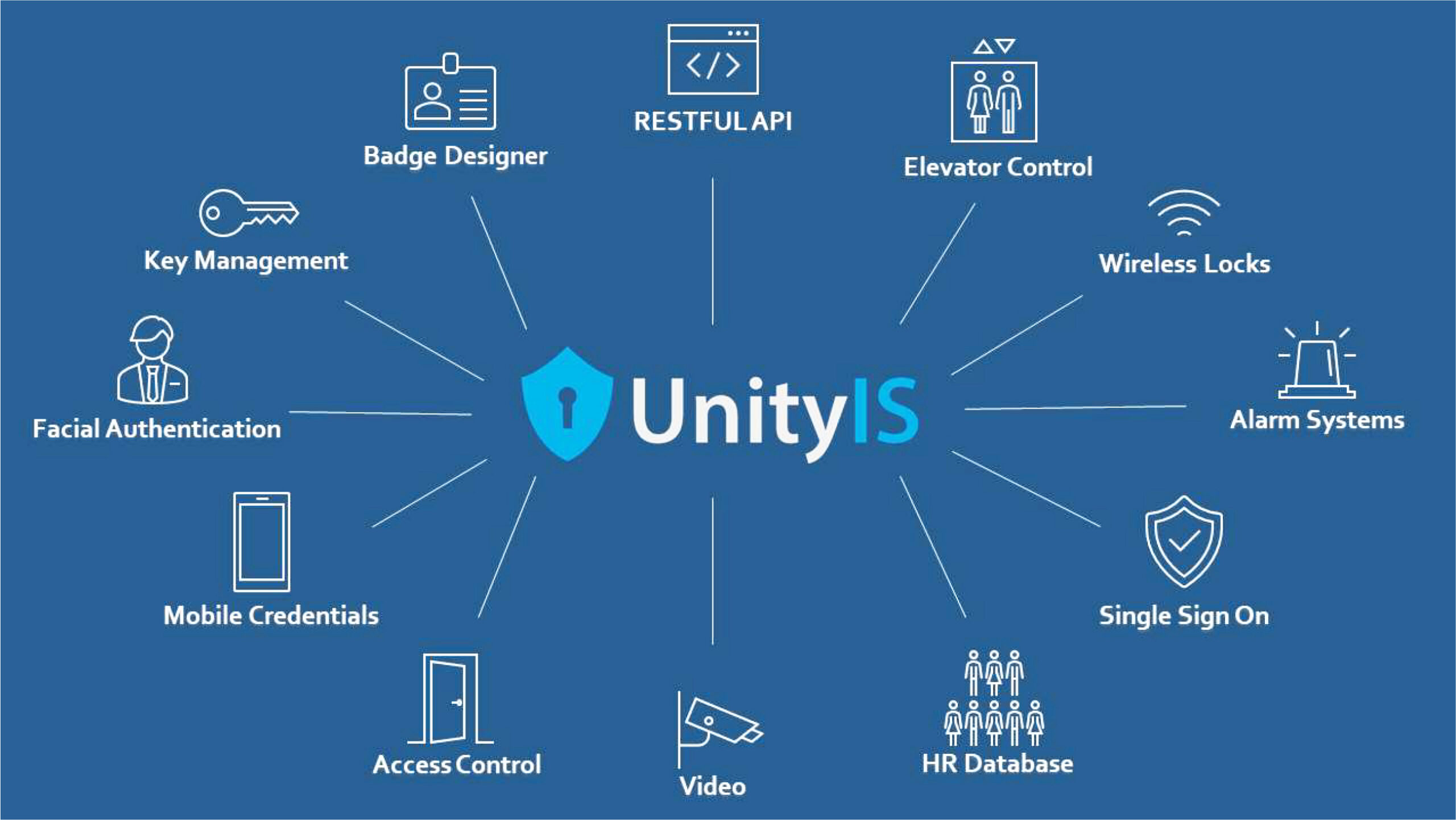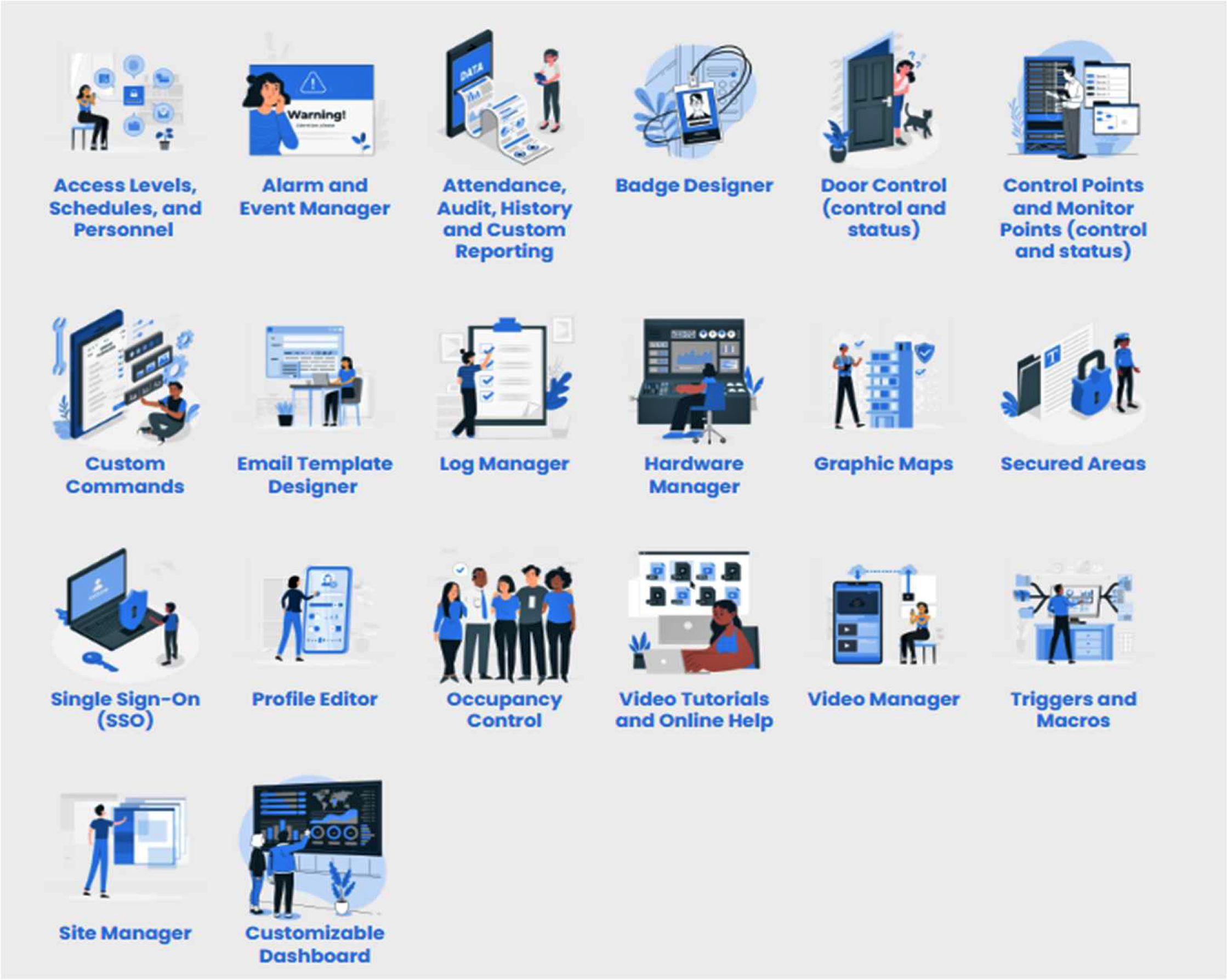
Milind M Borkar – Security Expert and Consultant
A physical security system is an important investment for most businesses. Here are some factors to consider when determining if your business needs a physical security system.
- Do you have assets that require protection? This could include physical assets such as inventory, equipment, and cash, as well as digital assets such as customer data and intellectual property.
- Is your business located in an area with a high crime rate? A physical security system can help deter criminal activity and provide evidence in the event of a break-in or theft.
- Do you have employees or customers on-site? A physical security system can help ensure their safety by preventing unauthorized access to your premises.
- Are you required to comply with industry regulations or standards? Certain industries such as healthcare and finance have strict regulations regarding the protection of sensitive data. A physical security system can help you meet these requirements.
If any of these factors apply to your business, it is likely that you could benefit from having a physical security system in place. It is important to assess your specific needs and risks to determine the best type of physical security system for your business. Physical security systems involve using multiple layers of interdependent systems designed to protect people and property from damage, theft, and harm. These layers include access control, alarm intrusion, video surveillance, security guards, door locks, fire protection, and other systems designed to protect people and property.
One of the key components of physical security is physical access control, which involves the use of measures to restrict and regulate who can gain entry to different locations or assets within an organization.
Physical access control is important for several reasons.
First, it helps to protect employees by providing them with a safe working environment. By controlling who has access to different areas of the organization, physical access control can help to prevent unauthorized individuals from gaining entry and potentially causing harm.
Second, physical access control can help to track visitor and employee access. By actively monitoring who has the keys to come in and out of different areas of the organization, it is possible to track any unusual behavior and take appropriate action if necessary.
Third, physical access control can help to protect an organization’s assets. By restricting access to sensitive areas or assets, physical access control can help to prevent theft, damage, or unauthorized access.
Fourth, physical access control can provide access schedules. By setting up schedules for when certain individuals are allowed to access certain areas or assets, it is possible to ensure that only authorized individuals are able to gain entry at specific times.
Fifth, physical access control can provide remote control of permissions. By using electronic systems to manage access permissions, it is possible to remotely grant or revoke access as needed.
The physical security requirements should be integrated into a single pane within the physical security system. This enables users to control all elements quickly and efficiently. These include integration of access control, alarm intrusion, video, facial recognition, HR database, hardware management, mobile credentials, visitor management and credentials (card, mobile, facial).
Additionally, the physical security system should include various features/ functionality that allows comprehensive management, configuration and administration.

Leaving the physical environment vulnerable because of perceived budget or time constraints can have serious consequences for a business. If a business does not invest in adequate physical security measures, it may be vulnerable to theft, vandalism, and other forms of unauthorized access. This can result in significant losses, both in terms of financial costs. Overall, while it may seem like an added expense, investing in physical security is essential for protecting a business’s assets, personnel, and data. By taking the time to assess their needs and budget for physical security measures, businesses can help ensure that they are protected against potential threats and risks.

Determining the budget for physical security involves considering a variety of factors such as the size of your business, the type of assets you need to protect, and the level of security required.
Here are some steps you can follow to determine the budget for physical security:
- Identify your needs: Start by identifying what you need to protect and what level of security is required. This will help you determine what type of physical security measures are necessary and how much they will cost.
- Consider the features of the best business security systems (e.g., easy access, current technology); look for systems that integrate well with each other.
- Consider the cost of installation and maintenance when choosing a system.
- Plan for future growth: Keep in mind that your physical security needs may change over time as your business grows or evolves. Make sure to budget for future upgrades or expansions to your physical security system. To summarize, physical security is essential in protecting people, assets, and data from potential threats and risks. Without effective physical and data security measures in place, an organization may be vulnerable to theft, vandalism, and other forms of unauthorized access.
Since 1997, IMRON Corporation has been a leader in developing innovative software solutions for the security industry, with a focus on providing peace of mind to customers. In 2003, they expanded their offerings to include complete software and hardware solutions under the IMRON brand. The founder, Imron Hussain, was a pioneer in the development of fully integrated Windows-based applications for Access Control, Video Management, and Alarm Management.
Their flagship product, UnityIS, is an award-winning web platform that offers a powerful and versatile solution to users. With its unique features and integration capabilities, UnityIS can be deployed in the cloud or on-premises for complete air gap environments. It provides unparalleled flexibility and choice by integrating with more non-proprietary open access hardware platforms than any other solution on the market.
IMRON Corporation’s products have been installed and field-tested at thousands of sites worldwide, across a variety of industries and scales. Our emphasis on customer responsiveness and product innovation drives our success. By prioritizing the customer, they ensure the highest level of technology convergence and customer acceptance, which are key to continued growth. Here are some steps you can follow to determine the budget for physical security: 1. Identify your needs: Start by identifying what you need to protect and what level of security is required. This will help you determine what type of physical security measures are necessary and how much they will cost. 2. Consider the features of the best business security systems (e.g., easy access, current technology); look for systems that integrate well with each other.
*Views expressed in the article are solely of the Author
